CPC vs CPM: Choosing the Right Advertising Model
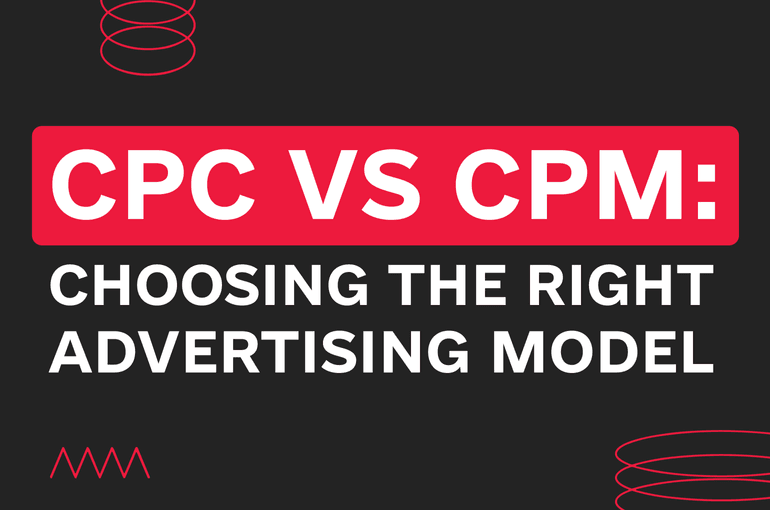
The chosen advertising pricing model can significantly impact the success of your campaigns. Whether you're using Google Ads or another platform, it's important to understand the differences between models like CPC vs CPA, CPV vs CPA, and CPI vs CPA. If you’re new to the field, first check out our article on How to start Affiliate Marketing in 2024 for a comprehensive guide.
This article will help you understand how these models work, comparing the CPC pricing model to CPM (cost per thousand impressions), and examining metrics like CPA. From calculating CPM to evaluating the effectiveness of your ads within the marketing funnel, we'll cover everything you need to know to make an informed decision about the best approach for your advertising needs.
Introduction to Online Advertising Models
Advertising styles vary. Take Brand Building, where you establish trust between you and your audience, or Viral Marketing, which focuses on emotional triggers for easy sales. Yet, different models, products, and ecosystems lead to different results.
Here, I will describe the difference between CPC and CPM. I will show which model is better and which one is worse. See, both CPC and CPM advertising can lead to superior results depending on the conditions. But, deciding between the right model depends heavily on your preferences, pricing model and the advertising approach of your campaign.
So, let’s get into the CPM vs CPC comparison!
What is CPC? (Cost Per Click)
CPC stands out due to its way of pricing ads. Here, advertisers pay a set amount every time an ad is clicked. This is a common method in digital advertising campaigns because it focuses on getting your target audience to directly interact with the ad, like clicking to visit a website or to find out more about a product.
Strengths | Weaknesses |
|---|---|
Directly relates cost to consumer interaction | Might cost more if lots of people click but don’t convert to sales |
Easy to track and measure (CTR, or click-through rate, is key here) | Doesn’t guarantee that clicks lead to sales |
Good for driving specific actions, like sales | Cost can vary a lot depending on market and competition |
More control over spending on advertising | Less suitable for brand awareness compared to CPM |
CPC is great when you want to measure direct interaction with your ads, improve brand awareness, and manage your spending based on how consumers are actually engaging with your campaign. However, it can be a bit risky if clicks don't convert into real business goals, like sales or sign-ups. To ensure you're partnering with the most effective programs for your needs, consult our detailed article about Tips to Pick the Best Affiliate Programs .
What is CPM? (Cost Per Mille)
CPM is the cost a business pays to have its ad shown a thousand times on a website or app. It's a simple way to track how much you're spending on ads, mainly if you just want a lot of ad impressions for your digital marketing campaign.
Name | Formula | Explanation |
|---|---|---|
eCPM | eCPM = (total ad revenue / total impressions) x 1000 | eCPM (effective Cost Per Mille) tells you how much money you make for every 1,000 times your ad is shown. It helps you understand how well your ads are making money. |
vCPM | vCPM = (ad spend / viewable impressions) x 1000 | vCPM (viewable Cost Per Mille) tells you how much you’re paying for 1,000 ads that people actually see. It’s good for making sure you’re only paying for ads that are visible to users. |
You might hear it thrown around with terms like CPC vs CTR, the latter of which is the click-through rate.
Strengths | Weaknesses |
|---|---|
Simple to understand, just a flat rate per 1,000 views. | Might not guarantee any specific consumer actions, like clicks or conversions. |
Good if your goal is broad exposure to consumers. | Can cost a lot without a direct return on investment. |
Useful to compare cost effectiveness across different websites or platforms. | Doesn't focus on clicks or conversions, so it’s not for you if those are your main targets. |
In essence, CPM lets businesses design ads that reach the most eyes for a specific amount. But without a direct charge for clicks, the return isn't guaranteed. It's a straightforward way to invest in ad space, but whether people choose to interact with the ad—that's another story.
Comparing CPC and CPM
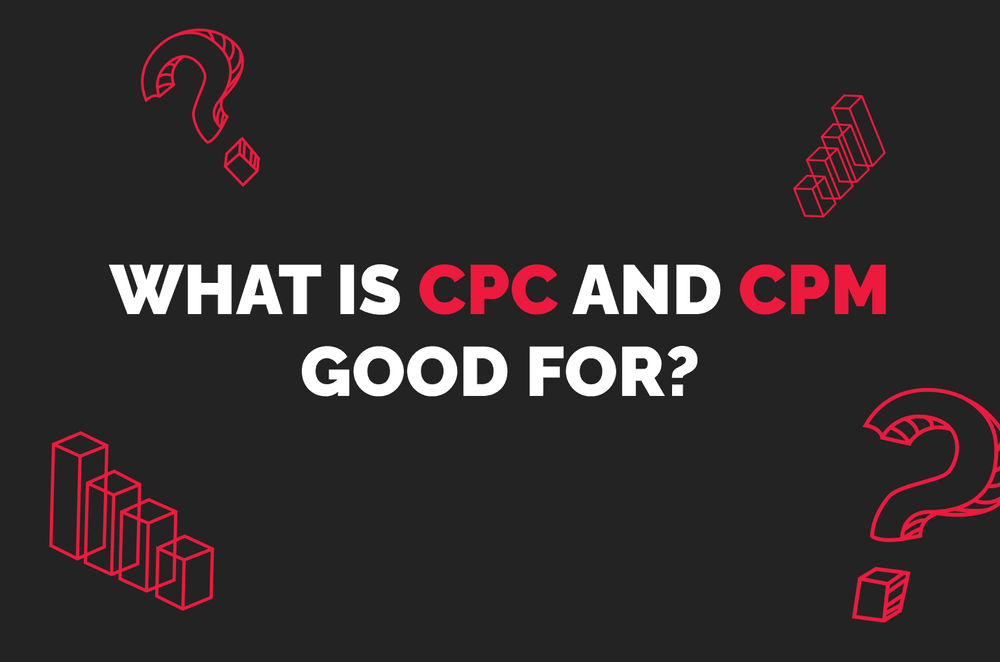
So, what is CPC and CPM good for? Well, these are different tools for different jobs in affiliate marketing, especially for stuff like dating sites where engagement matters a ton. Here’s a table to make it more understandable.
Aspect | CPC | CPM | Better Choice For Dating Affiliate |
|---|---|---|---|
Focus | Direct interactions (clicks) | Exposure (impressions) | CPC |
Cost Control | Pay per click | Pay per 1,000 impressions | CPC |
Goal Orientation | Conversion-focused, e.g., sign-ups | Awareness-focused | CPC |
Effectiveness | High if targeting is good | High if scaling is needed | CPC |
Budget Friendly | Can be expensive per click | Generally cheaper overall | CPM |
ROI Measurement | Easier to track conversion | Harder to directly measure ROI | CPC |
Just focus on your goals and how you wanna run your ads. CPC is better in interactive markets like dating, where each click might convert into a real interaction.
Keep in mind that there are many other pricing models like Cost Per Acquisition (CPA) or Cost Per Lead (CPL). Some of them might be more suitable depending on the specific goals and contexts of different campaigns. These alternatives could potentially offer better outcomes in certain situations where a more direct correlation to sales or leads is desired.
Factors to Consider When Choosing Between CPC and CPM
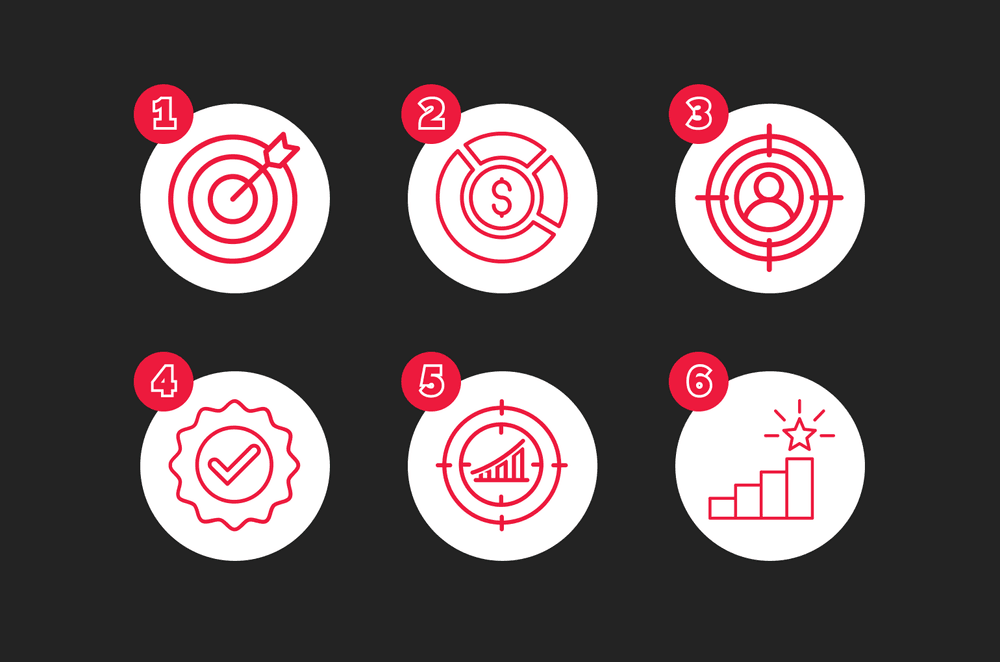
When picking between CPC and CPM for your ads, keep it simple:
- Goal — CPC is for when you want clicks and conversions. CPM is good for just showing your ad a lot.
- Budget — CPM costs are predictable—you know how much you'll pay for views. The final check for CPC can vary a lot, depending on how many clicks you get.
- Targeting — Use CPC to target specific actions from customers. Use CPM to get your brand seen by more people.
- Ad Quality — Good ads do well on CPC because they get more clicks. With CPM, you pay for views, not clicks.
- Market — In a busy market, CPC might cost you more. CPM can be cheaper if you want just to get seen.
- Measuring Success — CPC lets you see clear results from clicks. CPM measures how many saw your ad, which can be harder to interpret.
Therefore, choose based on what’s most important for your campaign’s success and budget.
Best Practices for Implementing CPC and CPM Models
Now, let’s talk about when the CPM and CPC models are most appropriate. The focus here is primarily on the main target that you aim to achieve with each model.
When you work with CPC, your strategy revolves around traffic arbitrage. For example, you can buy cheap traffic and benefit from the difference between the cost and the revenue.
Here, all your efforts must be concentrated on where and how cheaply you will place your ads. And, of course, you should have tools for A/B testing and analyzing impressions. That’s it, no secrets! Based on this practice, you can experiment and search for the most optimal way to do your job.
But, working with the CPM model is a bit more complicated. If you’re using native ads or similar strategies, you should create expert-level or simply attractive media content. Place such content in an environment where you can analyze the engagement levels. Focus on the following two approaches:
- It must be a place where people actively read, view, or interact with content (like Facebook, Reddit, Pinterest, or a major blog).
- Ideally, this place needs to support extended engagement, which can potentially generate organic traffic. For this strategy, the quality and attractiveness of your content are especially important.
And when using CPC, the quality of content is less important. Focus on triggering and encouraging clicks.
Conclusion
Choosing between CPC and CPM really boils down to what you want to achieve with your ads. If you're looking for quick results like click sales, CPC is your best bet. You only pay when someone actually clicks on your ad, which is perfect for focused campaigns.
If you want to just get your brand name out there to as many people as possible, go with CPM. You pay for every thousand views your ad gets, no matter if people click or not. It's a solid choice if you're more about showing your ad a lot rather than getting direct responses.
Both ways require you to think carefully about where and how you place your ads to hit the right audience and meet your goals. Keep an eye on how things are going and tweak your plans as needed to make sure you're using your budget effectively and really making your ads count. For more tips and guidance on optimizing your affiliate marketing campaigns, visit Cpamatica .
In the end, whether you choose to pay for clicks or views, the success of your ads will depend on how well they align with your overall business aims and how much they stand out to your audience. There's no perfect answer—it's all about figuring out what works best for your business and constantly adjusting to get better results.
Recommended Articles
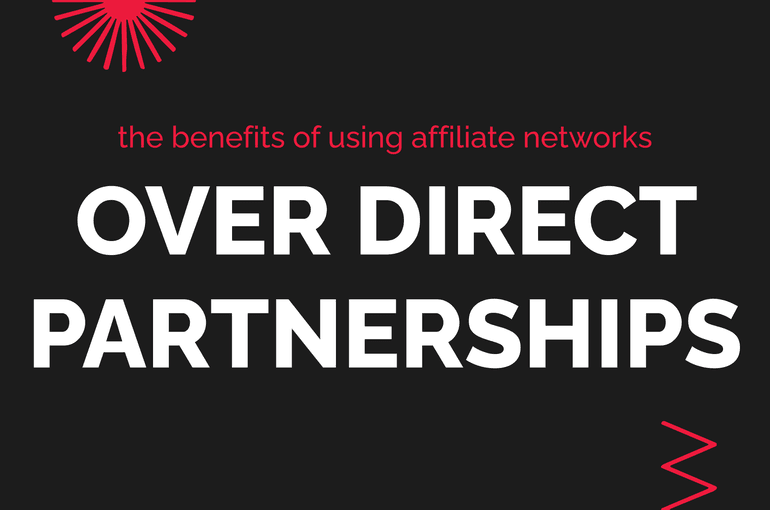
The Benefits of Using Affiliate Networks Over Direct Partnerships
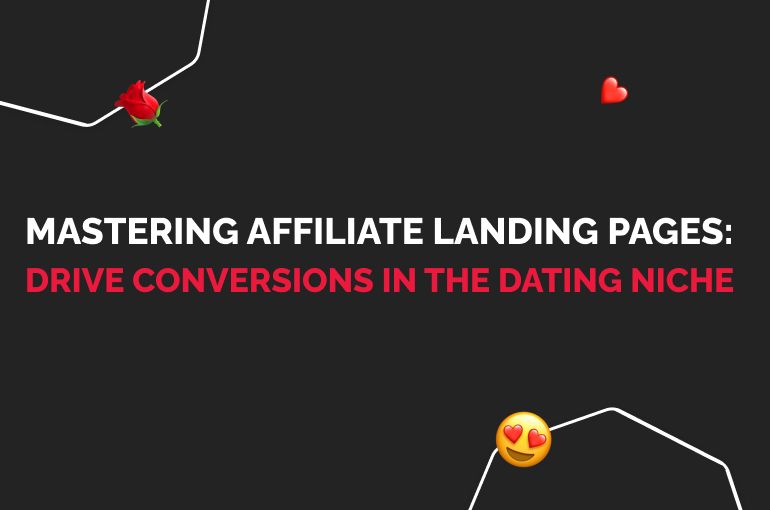
Сreating a Winning Affiliate Landing Page for Dating Services

